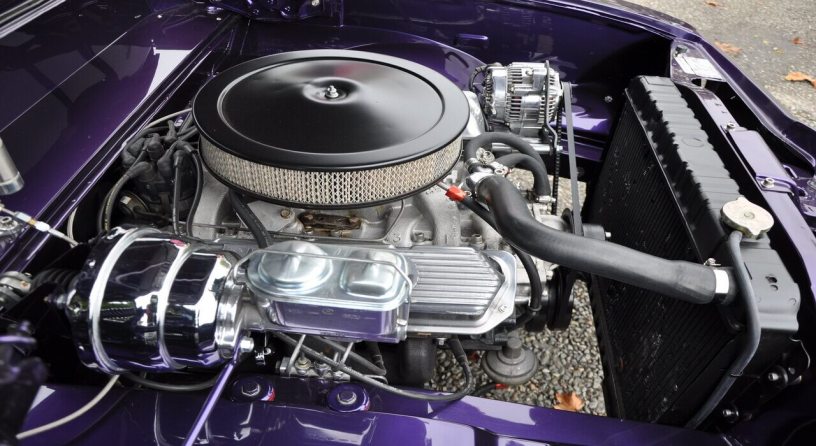The purpose of the radiator is to cool the engine and keep it from overheating. As a result, the radiator is a significant component of your automobile; however, you don’t think about it much until something goes wrong with it.
Your radiator may become clogged from the outside, the inside or merely cause failure. But how can you tell when things are not going right with your radiator?
Here are the six signs you’re having radiator problems. So, keep your senses active and identify these issues to keep your car as healthy as possible.
Your car is overheating
Since the radiator prevents the engine from overheating, if it begins to overheat constantly (even under typical driving conditions), you’ll come to know something is going wrong with that component.
In this case, keep an eye on the thermometer to see whether the readings are surpassing or the needle has entered the red zone. If you own a modern car, it will show the temperature digitally and alarm you in extreme cases. Remember, commonly, the temperature ranges between 195 and 220 degrees F.
However, if the temperature is persistently high, you may have clogs. Rust, internal deposit and debris trapped in the radiator are a few possible reasons. Call the reliable mechanic nearby and get the issue checked.Coolant leaks
The leaky hoses are the most common problem of radiator leaks. However, you can have leaks in the radiator as well. The fluid will be visible in any of these colours – red, yellow and green.
The rust within your radiator is sometimes caused by using cheap coolant or adding normal tap water to the coolant mix, besides the distilled water. It commonly contains impurities. It creates rust builds up and begins to corrode the radiator tank.
The issue should be addressed as quickly as possible; otherwise, your engine will begin to overheat and cause internal damage. Basically, the car technician does a pressure test to pinpoint the cause of the leak.Fluid discolouration
Coolant colour should have a bright hue – green, yellow or orange, though red, pink or blue is also normal. Furthermore, vehicle coolant should navigate through the radiator and coolant pipes within the engine with ease.
The coolant can get polluted via internal deposits and sludge. That gradually changes its colour to rusty brown. In addition, thicker fluid would also make the pass difficult through the cooling system. As a result, the radiator gets clogged, and if it worsens, the radiator’s effectiveness deteriorates.
In this scenario, the car technician conducts the radiator flush to figure out the problem as soon as possible.Coolant levels are low
You most likely have a leak if you’re continuously adding coolant to your radiator or if the “low coolant” sign on your vehicle’s dashboard keeps coming on. If you need to refill coolant on a regular basis, you should take your car to a reputable technician for an urgent diagnostic.Heater not working properly
The other telltale sign of a faulty radiator is when your heater fails to operate properly. The cabin heater relies on a hot coolant that voyages across the heater core. It results in hot air being blasted into the passenger area because of a blower fan. If your radiator is clogged or leaking, then your vehicle may not get the hot coolant that warms the car’s interior properly.
Occasionally, a bad thermostat is also an issue. The dealership centre thoroughly checks the problems when a car owner complains.Exterior fins blocked
For the proper warm-up, the vehicle’s radiator requires optimal airflow. For that, thin fin tubes run in the front of the radiator, carrying hot coolant. The air travels over the fins as you drive your car, lowering the coolant’s temperature.
Debris, leaves, bugs or dirt poses a threat to the airflow. As a result, the coolant cannot cool down as quickly as it should. Besides this, your exterior fins may get broken or deformed due to flying debris. Or else, it must have caused injury during the installation.
Whatever the case may be, it will lead to overheating the engine.
Well, the cooling system contains several parts. And finding out if you’ve got a damaged radiator is a bit complex. Hopefully, the above signs will help you figure out some of its symptoms. As said above, be vigilant and drive your car to the car service centre if you find any hurdle.
